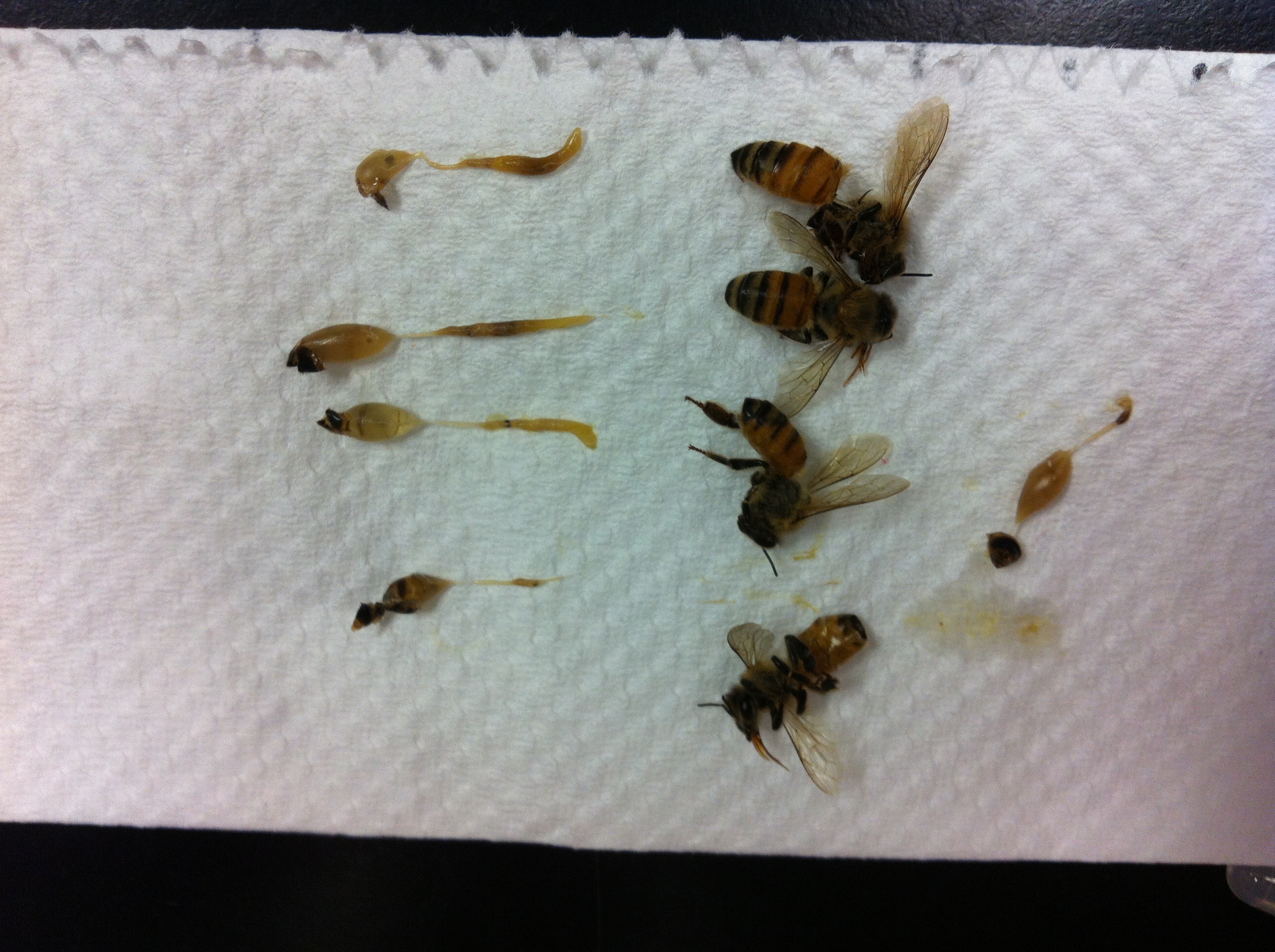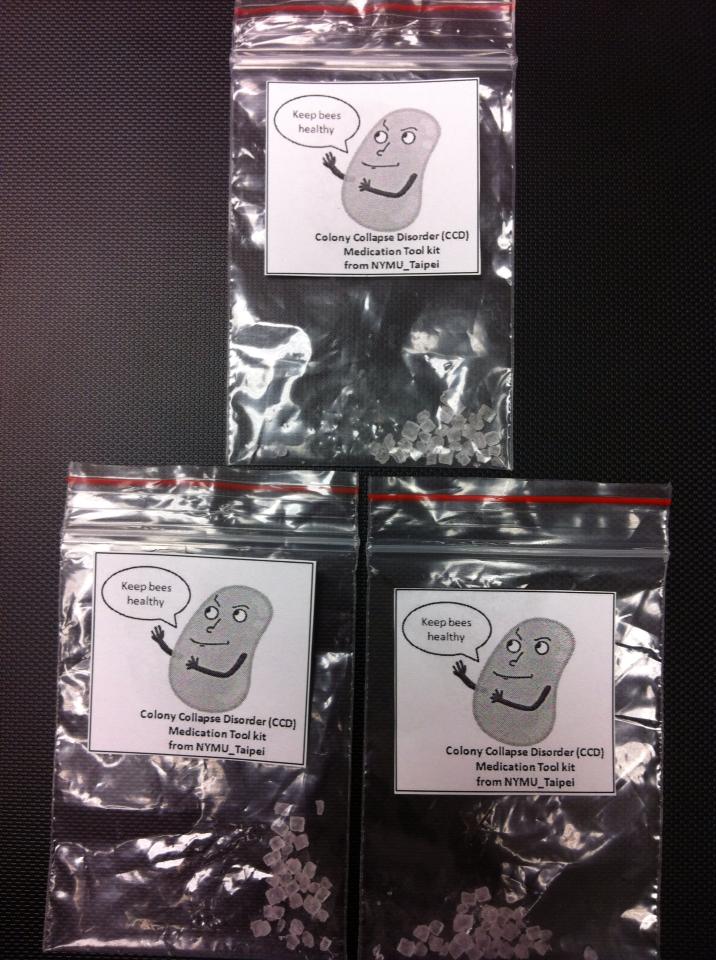Team:NYMU-Taipei/HumanPractice/HumPracticalApp
From 2013.igem.org
ShiivenHsu (Talk | contribs) |
ShiivenHsu (Talk | contribs) |
||
| Line 9: | Line 9: | ||
{| | {| | ||
|- | |- | ||
| - | |[[File | + | |[[File:NYMU_Theirguts.jpg|thumb|250px|''' The Bees and their guts''']]||[[File:NYMU_Nosema1.jpg|thumb|250px|''' We help them test the Nosema.''']] |
|} | |} | ||
Revision as of 18:33, 27 September 2013


Practical Application in the Environment
To make our project in practice, we try out every efforts. First, we want to make beekeepers in taiwan aware of the seriosness of CCD problem, so we visited some of them and spread the CCD problem. We also helped them test their bees to make sure if they were infected with Nosema. Quite dissapointed, ALL of the bees were infected with Nosema...
How could the bees EAT the bee.coli?
For bees, bee. Coli are not tasty. But we still need to let all of the bee.coli entering into the gut of bees! So we decide to make bee.coli encapsulated! Then bees would be unintentiionally have them when they are intaking their food!
What about we complete our project perfectly but none of beekeeepers could benefit from it?
We found out a way to provide our Bee.coli easily , that is, to make the Bee.coli liquid becomes powder. Through this, beekeepers could easily store Bee.coli without any professional way. To manufacture the Bee.coli powder, we coolaborate with our chemistry lab and also had some interview with the experts to improve our thoughts.
 "
"













